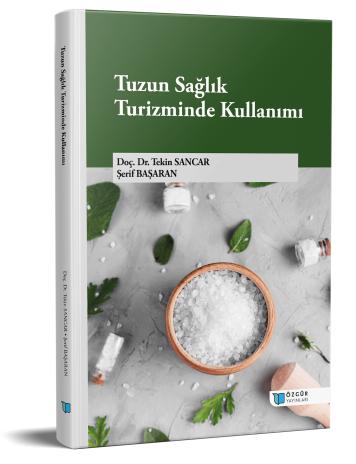
Use of Salt in Health Tourism
Synopsis
Today, the tourism sector is not only limited to the promotion of natural beauties and cultural assets; it is also evolving into a multidimensional structure that includes alternative uses of natural resources. In this context, salt resources stand out as an important element that can contribute to the diversification of tourism. Türkiye is one of the countries with rich salt reserves, both in terms of its geological structure and historical accumulation. Therefore, integrating salt resources into tourism activities is a strategic opportunity that can increase both the economic and cultural potential of the country. Salt has been not only a food additive but also a strategic economic asset throughout history. From ancient times to the Ottoman Empire, many civilizations generated income through the production, trade, and taxation of salt. Taxes known as "salt tax" in the Ottoman Empire had an important share in state finances. In this context, historical salt roads, salt mines and traditional production methods are elements that can be evaluated in terms of cultural heritage tourism. Integrating such elements into tourism routes today contributes to both preserving cultural memory and ensuring diversity in tourism.
One of the most striking areas in the integration of salt resources into tourism is health tourism. In particular, salt caves and salt therapy centers are used as a complementary treatment method for respiratory diseases (asthma, bronchitis, allergies, etc.). In Europe, Poland (Wieliczka Salt Mine) and Ukraine (Solotvyno Salt Caves) are prominent examples in this field. In Turkey, Iğdır Tuzluca Salt Cave is an important destination that can be brought to health tourism with its salt therapy potential. Integrating such natural areas with modern health centers could increase Turkey's competitiveness in health tourism.

